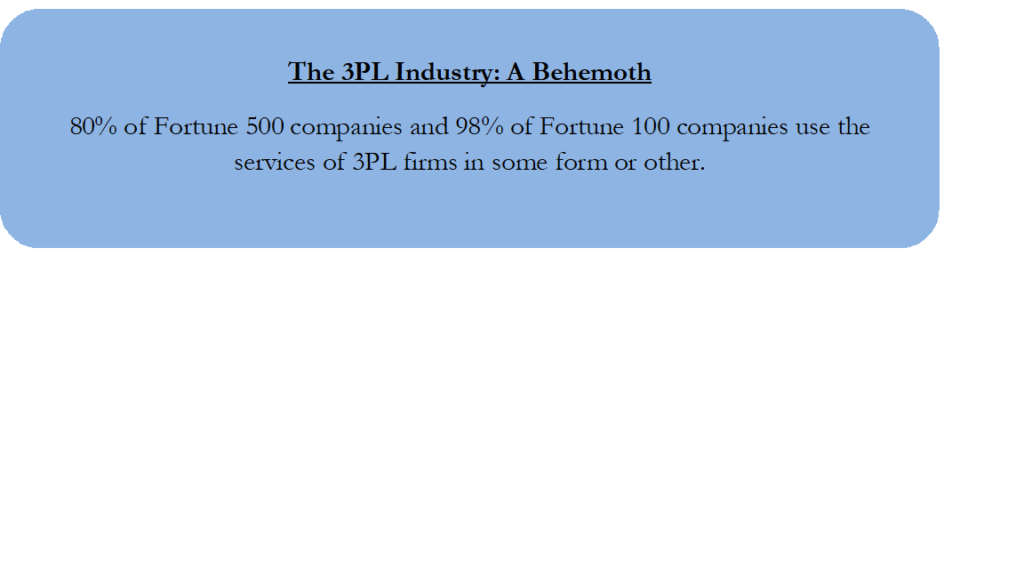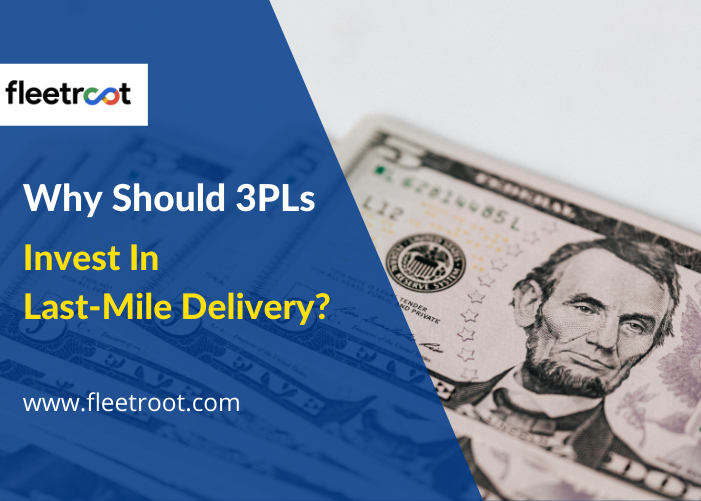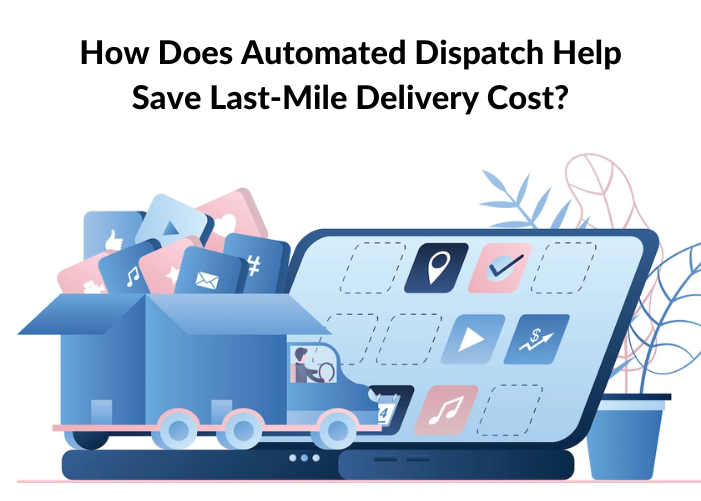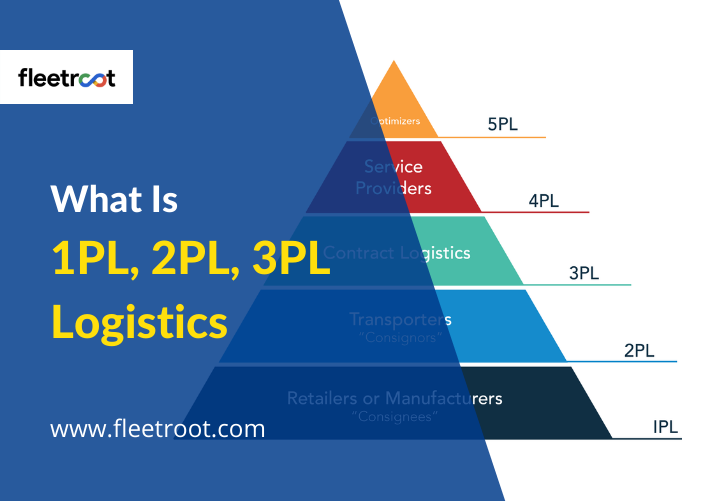Summary
Modern eco-systems and global markets have created a highly complex, uber-competitive, and frenetic global marketplace.
Gone are the days when having a “differentiated product” in terms of just pure functionality was enough to create a sustainable business. These days, the “differentiation” is often from a source outside the core product offering i.e. your Logistics and Distribution processes.
With companies increasingly outsourcing this task to Third-Party Logistics (3PL) firms, it is imperative for 3PLs to invest and deploy the use of modern automated last-mile software to gain last-mile visibility. The “agility” gained is critical in staying on top of a successful business operation.
Why Should Third-Party Logistics Companies Invest in Last-Mile Visibility?
A major transformation of the Logistics and Distribution industry is how organizations have increasingly deployed the use of “third-party logistics” (3PLs) to fulfill their delivery functions. In doing so, they gain the expertise of an experienced and capable supply-chain player. Clients can choose to outsource their entire logistics processes – or, parts within it – to 3PLs.
3PLs fulfill the delivery requirements of an entire roster of different client companies and they are an economical and effective option for firms. 3PLs often specialize in sub-sectors within the larger supply chain e.g. transportation or warehousing.
However, clients still need to make sure that their 3PL is doing a good job. Remember that, once firms outsource their delivery and logistics function to a 3PL, these 3PLs become the “face” of the client company. 3PLs operate independently and client companies have almost no control over their operations. If there are issues of customer satisfaction, efficiency (etc.) that arise, the profitability of client businesses becomes stressed. On their part, 3PLs are mindful of this and, therefore, invest heavily into modern automated tools like last-mile delivery software to improve the effectiveness of their logistics operations.
But, what really is the role of a 3PL partner in today’s times?
Client companies operate in an increasingly competitive environment in modern times. With global competition, the proliferation of technology, and borderless markets, they have their work cut out.
Therefore, to focus on their core competencies client-companies choose to outsource their logistics and delivery functions to 3PLs.
Now, since 3PLs are being employed to add value they must do so across critical elements such as data analytics, customer service, documentation, reducing delivery times, and identifying root causes, to name a few.
On their part, the 3PLs are well aware of how important they are for the clients’ businesses especially since they form the last part of the value-chain and must operate with such efficiency so as to put their clients in a winning marketplace position with their customers. This ensures client profitability and stability, and in turn, also ensures longstanding clients for the 3PLs themselves.
To achieve this, 3PLs must adopt systems and processes that ensure real-time transparency and visibility across their operations.


What are the benefits of Last-Mile Shipment visibility?
There are numerous benefits that accrue when 3PLs invest in achieving and maintaining last-mile shipment visibility.
1) Increased agility: Perhaps, the most important benefit of maintaining last-mile visibility for 3PLs and its customers is the ability to maintain all-round “agility” across its business eco-system and operations. This “agility” empowers both, the 3PL and client, to anticipate, plan, and make constant changes, corrections, and improvements that boost overall performance.
2) Quicker decision-making for execution speed: By natural extension of the point above, the bird’s eye view that comes with shipment visibility enables firms to know well in advance about when and how the next possible problem or disruption might arise. The function of Logistics and Distribution operates in the real world and in the face of innumerable and constantly changing dynamics e.g. sudden accidents, rapid weather changes (etc.). In such a scenario, the ability of 3PLs to make quick, data-backed decisions about last-mile operations is paramount in managing issues – whether everyday problems or potentially deeper ones – and helps in making informed decisions. This way, they are able to stay on top of their fleet movements. And lastly, quick decision-making also goes a long way in mitigating any unavoidable consequences.
3) Improved communication: Maintaining effective communication between the stakeholders of the supply-chain culminating with the consumer is both, a benefit as well a feature, of maintaining last-mile visibility. Using modern transportation software enables this real-time communication within your operation – between warehouses, suppliers, drivers, customers, loaders, Fleet Managers (etc.), – while the advantage of such a mechanism to exchange data/information facilitates stronger equations across the value-chain network.
4) Benefits of modern Data Analytics: The capabilities of modern data analytics are a boon to all industries with the Logistics and Transportation business being no different. Using a last-mile delivery software allows every single transaction to be recorded as a data-point. This data can then be massaged into various cohorts and analyzed thoroughly. The deep insight generated enables firms and 3Pls to make well-informed decisions across important elements like consumer demand, routing, better advertising and marketing of its services, improved customer service, and so on.
5) Customer Satisfaction: Just like customer satisfaction is the most important metric in all businesses, it is the case with the Logistics and Transportation industry. While there may be several 3PLs that manage their operations only to the extent that customers are just satisfied enough to not make a complaint, that would still leave a lot of ground uncovered.
Going the full distance and making sure the customer is, well, “delighted”, will ensure loyalty and repeat purchase – which is the backbone of all successful businesses. An important way to achieve this customer delight would be through the agility that 3PLs can achieve across all aspects of their ecosystem. In fact, clients today also seek to partner with only those 3PLs that extensively adopt such modern technology. Therefore, modern fleet-management software has now become a critical tool for 3PLs to adopt and use in every aspect of their operation.
Conclusion: As is evident from the above, 3PLs must invest money, time, and effort into an automated last mile delivery software.
Not only is this necessary for maintaining customer satisfaction, efficiency, and profitability of operations but it also provides visibility and transparency into the entire supply-chain network. Combined with real-time information exchange and communication along with the powers of modern-day data analytics gives the 3PLs the power to efficiently and successfully manage their operations.




